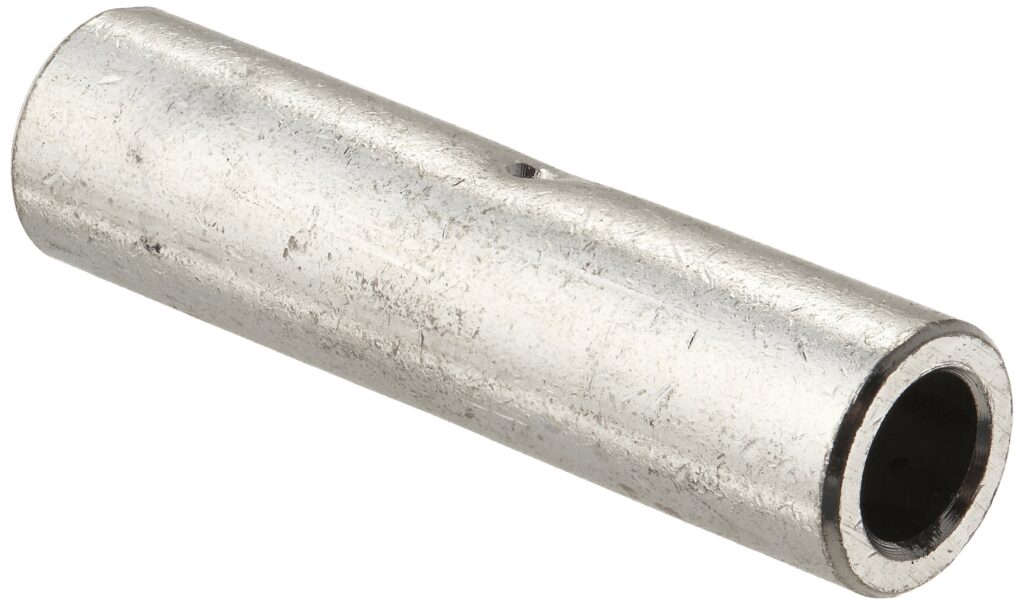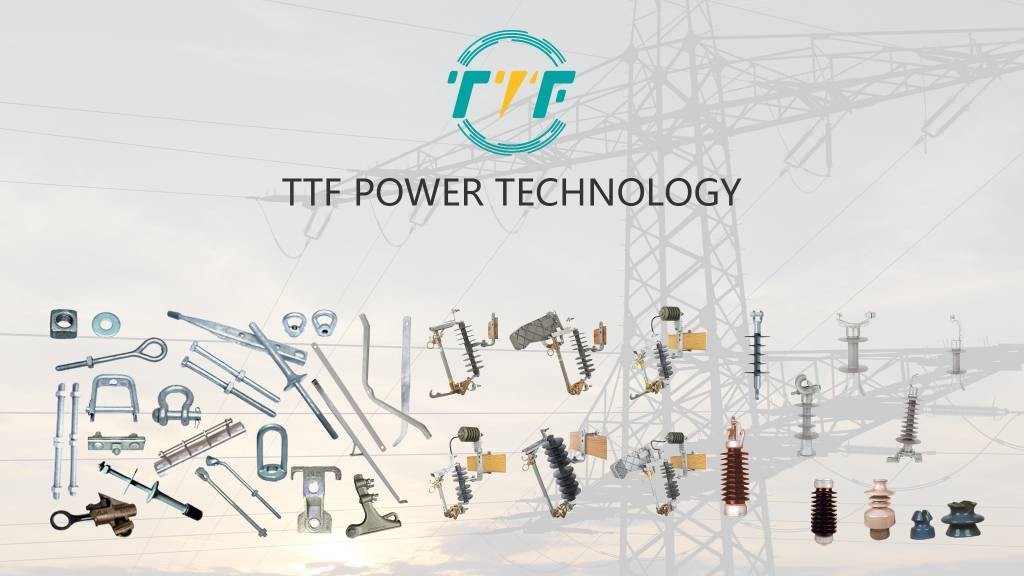
The abundant natural resources in Argentina have helped to expand its renewable energy capacity amid the global clean energy transition. The country has abundant wind, solar, hydro, and bioenergy potential to meet the energy demands. Through the RenovAr program, Argentina has made significant progress in developing its renewable energy sector. The nation has attracted investments and accelerated project development. Regions like Patagonia and the northwestern provinces have some high wind speeds and solar radiation levels. Argentina is integrated into the South American energy market to export surplus electricity to Brazil, Chile, and Uruguay. This strengthens regional transmission infrastructure, which allows Argentina to supply clean energy to energy-hungry economies. This could position Argentina as a regional clean energy powerhouse and global supplier of green hydrogen and electricity. Compression splices ensure efficient, reliable, and scalable grid connections for wind, solar, and transmission projects.
Compression splices reduce grid bottlenecks, cut downtime, and lower costs to help achieve the 20% renewable energy target. The splices join high-voltage conductors in long-distance transmission lines to reduce resistance and power losses. They also ensure weatherproof, corrosion-resistant connections in aerial lines and buried cables. This is crucial for coastal wind farms to prevent degradation. Compression splices are crucial in DC collector lines and AC grid feeders. This is crucial for faster installation and reducing project timelines. For instance, they enable the upgrading of 132 kV lines to handle RenovAr project injections.
Impact of infrastructure and grid limitations on Argentina’s energy expansion
Argentina has world-class wind and solar resources that need stable infrastructure and grid stability. It, however, has outdated and underdeveloped grid infrastructure, which limits its energy expansion. Limitations such as transmission constraints, regulatory hurdles, and technical limitations slow the expansion progress. To achieve a sustainable energy future, Argentina should plan transmission expansions, adopt grid modernization efforts, and attract private transmission investors.
The functions of compression splices in expanding renewable energy in Argentina
With the increasing renewable energy production in Argentina, compression splices ensure reliable, efficient, and durable electrical transmission systems. Compression splices join electrical conductors and transmission cables. They support renewable energy expansion by improving grid reliability, efficiency, and cost-effectiveness. The splices function in high-voltage transmission lines, wind farms, and solar power plants to ensure strong and stable electrical connections. The following are the functions of compression splices in renewable energy capacity expansion.

- Enhancing transmission infrastructure—the splices reduce power losses and improve transmission efficiency. They ensure that energy generated from renewables reaches urban centers.
- Increasing grid reliability—compression splices create a low-resistance electrical path to reduce line losses and voltage drops. This is crucial for integrating intermittent energy sources like wind and solar.
- Easing wind and solar farm construction—the splices allow for faster and more secure electrical connections in renewable plants. They also reduce maintenance needs due to their strong mechanical connection.
- Supporting grid modernization and expansion—compression splices make it easier to extend and upgrade existing transmission lines. They help integrate new renewable projects without the need for complete infrastructure. They serve in substations, power lines, and distribution networks to improve energy transmission efficiency.
The role of renewable energy in driving Argentina’s energy future
Renewable energy expansion is shaping the country’s energy future through abundant wind, solar, hydro, and bioenergy resources. Argentina has the potential to become a regional clean energy leader. This is while reducing dependence on fossil fuels, enhancing energy security, and supporting economic growth. Argentina can become a regional leader in clean energy through upgrading its grid, investing in energy storage and hydrogen technology, and renewable resources. Here are the roles of renewable energy in driving Argentina’s energy future.

- Reducing dependence on fossil fuels—expanding wind and solar energy reduces reliance on fossil fuels. Also, the government aims for renewables to supply 20% of electricity by 2025.
- Energy security and grid stability—investments in grid modernization and energy storage solutions help integrate intermittent renewables like wind and solar. Diversifying energy sources with renewables reduces Argentina’s vulnerability to fossil fuel price fluctuations.
- Economic growth and job creation—the renewable energy sector creates jobs in construction, manufacturing, engineering, and maintenance. The country is attracting foreign investment in renewables like wind, solar, and hydrogen production.
- Reducing emissions—transitioning to renewables helps meet the Paris Agreement targets and reduce greenhouse gas emissions.
